In the intricate dance of our bodies’ well-being, blood pressure plays a silent but crucial role—sometimes a gentle rhythm, other times a discordant beat. Managing this vital force doesn’t always require medications or complicated regimens; often, the answer lies on our plates. The foods we choose daily can act as allies or adversaries in the quest for balanced blood pressure. This article explores how thoughtful dietary choices can help maintain healthy blood pressure levels, illuminating a path toward wellness that begins with every meal.
Table of Contents
- Understanding the Link Between Diet and Blood Pressure
- Key Nutrients That Support Healthy Blood Pressure Levels
- Incorporating Heart-Friendly Foods Into Your Daily Meals
- Foods to Limit or Avoid for Optimal Blood Pressure Control
- Practical Meal Planning Tips for Long-Term Success
- Mindful Eating Habits to Complement Blood Pressure Management
- Q&A
- The Way Forward
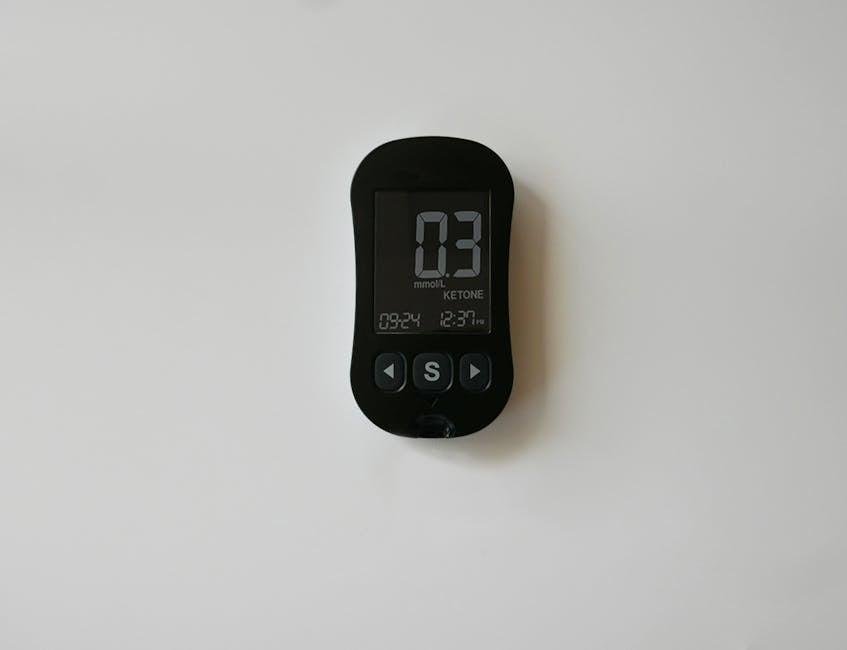
Understanding the Link Between Diet and Blood Pressure
Blood pressure is intricately linked to the foods we consume, making diet an essential factor in maintaining cardiovascular health. Certain nutrients can either elevate or reduce blood pressure levels, highlighting the importance of a balanced intake. For example, sodium is known to increase blood pressure by causing the body to retain water, which puts extra pressure on artery walls. Conversely, potassium acts as a natural vasodilator, helping to relax blood vessels and counteract the effects of sodium. Incorporating foods rich in potassium—such as bananas, spinach, and sweet potatoes—can support healthy blood pressure management.
Beyond individual nutrients, overall dietary patterns greatly influence blood pressure control. Embracing a diet that emphasizes fresh fruits, vegetables, whole grains, lean proteins, and healthy fats can significantly improve heart health. The DASH diet (Dietary Approaches to Stop Hypertension) is a prime example, designed specifically to lower hypertension through balanced nutrient intake. Below is a simple comparison of key dietary elements and their impact on blood pressure:
| Dietary Element | Effect on Blood Pressure |
|---|---|
| Excess Salt (Sodium) | Increases blood pressure |
| Potassium-rich Foods | Lowers blood pressure |
| Saturated and Trans Fats | Raises blood pressure |
| Whole Grains and Fiber | Helps reduce blood pressure |

Key Nutrients That Support Healthy Blood Pressure Levels
Maintaining optimal blood pressure is deeply influenced by the nutrients we include in our diet. Among these, potassium stands out for its ability to balance sodium levels in the body, promoting the relaxation of blood vessel walls. Foods like bananas, spinach, and sweet potatoes are excellent sources. Equally important is magnesium, which supports the regulation of blood pressure by helping blood vessels relax and improve blood flow. Incorporate nuts, seeds, and whole grains into your meals to boost magnesium intake naturally.
In addition to these minerals, antioxidants such as vitamin C and vitamin E play a vital role in preventing arterial damage by neutralizing free radicals. Citrus fruits, berries, and green leafy vegetables are rich in these vitamins. Below is a quick reference table showcasing some key nutrients and their food sources:
| Nutrient | Benefit | Rich Food Sources |
|---|---|---|
| Potassium | Reduces sodium impact, relaxes arteries | Bananas, spinach, sweet potatoes |
| Magnesium | Helps blood vessel relaxation | Nuts, seeds, whole grains |
| Vitamin C | Protects arteries, antioxidant | Citrus fruits, berries, bell peppers |
| Vitamin E | Prevents oxidative damage | Almonds, sunflower seeds, spinach |

Incorporating Heart-Friendly Foods Into Your Daily Meals
Integrating heart-healthy ingredients into your meals doesn’t have to be complicated. Start by opting for fresh, colorful vegetables like kale, spinach, and carrots, which are packed with antioxidants and fiber to support optimal blood pressure. Incorporate whole grains such as quinoa, brown rice, or barley that help maintain steady energy levels while promoting artery health. Including lean proteins like skinless chicken, tofu, or fatty fish rich in omega-3s—such as salmon and mackerel—can further enhance your heart’s resilience.
For a practical approach, consider these simple swaps and additions to your daily dishes:
- Replace salt with herbs and spices like garlic, basil, or turmeric to keep sodium in check without sacrificing flavor.
- Snack on nuts and seeds, such as almonds, walnuts, or flaxseeds, which offer healthy fats and essential nutrients.
- Use olive oil instead of butter for cooking and dressings, providing beneficial monounsaturated fats.
- Enjoy fresh fruits like berries, oranges, and apples, which are excellent sources of vitamins and potassium.
| Food Item | Heart Benefit | Suggested Use |
|---|---|---|
| Spinach | Rich in nitrate; supports healthy blood vessels | Add to smoothies, salads, or sauté as a side |
| Salmon | High in omega-3 fatty acids; reduces inflammation | Grill, bake, or poach for main courses |
| Walnuts | Contains alpha-linolenic acid; supports heart function | Snack on raw or sprinkle over oatmeal |
| Oats | High in soluble fiber; lowers cholesterol | As a breakfast porridge or ingredient in baking |
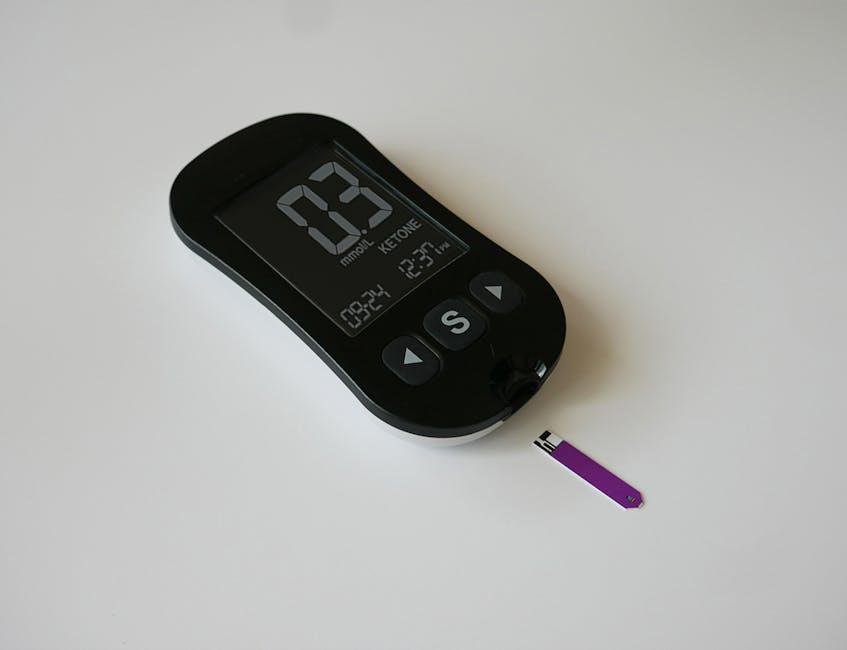
Foods to Limit or Avoid for Optimal Blood Pressure Control
Maintaining a balanced diet is crucial, and certain foods can significantly impact your blood pressure. Sodium-rich items such as processed snacks, canned soups, and restaurant meals often contain hidden salt that can elevate blood pressure levels. Additionally, foods high in saturated fats and trans fats, found in fried foods, fatty cuts of meat, and many commercially baked goods, contribute to arterial stiffness, hindering optimal circulation. For healthier choices, limit your intake of these items and always check nutrition labels to monitor sodium and fat content.
Moreover, excessive alcohol consumption and sugary beverages can disrupt blood pressure control by affecting hormonal balance and leading to weight gain. Replace these with water, herbal teas, or naturally flavored unsweetened drinks. Below is a simple guide to identify common culprits that can negatively influence blood pressure:
| Food Category | Examples to Limit or Avoid | Why |
|---|---|---|
| High Sodium | Processed meats, salty snacks, canned soups | Raises blood pressure through water retention |
| Saturated & Trans Fats | Fried foods, baked goods, fatty meats | Contributes to arterial blockage and stiffness |
| Sugary Drinks & Alcohol | Soda, energy drinks, beer, spirits | Promotes weight gain and hormonal imbalance |

Practical Meal Planning Tips for Long-Term Success
Consistency is key in maintaining a heart-healthy diet that supports optimal blood pressure levels. Begin by setting realistic, manageable goals such as incorporating more fresh vegetables and lean proteins into your daily meals. Utilize a weekly template to balance nutrient intake, ensuring you’re not only reducing sodium but also boosting potassium and fiber rich foods. Consider prepping ingredients in bulk—like chopped greens or cooked quinoa—to streamline dinner preparations during busy weekdays. This approach minimizes the temptation to opt for high-sodium convenience foods when time is tight.
Strategic grocery shopping can transform your meal planning experience. Focus on the “rainbow” principle, aiming to include brightly colored fruits and vegetables within each meal. Here’s a simple checklist to keep handy while shopping:
- Leafy greens: spinach, kale, and Swiss chard
- Fresh fruits: berries, oranges, and bananas
- Whole grains: brown rice, oats, and barley
- Lean proteins: skinless chicken, fish, and legumes
- Healthy fats: avocados, nuts, and olive oil
| Meal | Key Ingredient | Benefit |
|---|---|---|
| Breakfast | Oatmeal with berries | Fiber-rich, supports satiety |
| Lunch | Quinoa salad with spinach | Potassium boost, muscle function |
| Dinner | Grilled salmon with steamed kale | Omega-3s, heart health |

Mindful Eating Habits to Complement Blood Pressure Management
Developing mindful eating habits can significantly enhance your journey toward maintaining a healthy blood pressure. Instead of rushing through meals, try to engage all your senses—observe the colors, textures, and aromas of your food. This simple habit not only promotes better digestion but also allows you to recognize true hunger and satiety cues, helping to avoid overeating, a key factor in blood pressure control. Incorporating regular meal times and savoring each bite can lead to better portion control and reduce the temptation of high-sodium snacks.
Focusing on the quality and balance of your meals is equally important. Prioritize adding fresh vegetables, whole grains, and lean proteins to your plates. Pay attention to sodium content by opting for herbs and spices instead of salt for flavor. Here are some mindful strategies that complement nutritious choices:
- Chew slowly and thoroughly to aid digestion
- Drink water between bites to maintain hydration without overfilling
- Pause for a breath during meals to tune into fullness cues
- Keep distractions, like phones or TVs, away to focus solely on eating
| Mindful Eating Practice | Benefit for Blood Pressure |
|---|---|
| Slow Chewing | Improves digestion and reduces overeating |
| Hydrating Properly | Prevents dehydration-related pressure spikes |
| Consistent Meal Times | Stabilizes blood sugar and pressure levels |
| Focused Eating | Enhances awareness of fullness, curbing excess intake |
Q&A
Q&A:
Q1: Why is diet important in managing blood pressure?
A1: Diet plays a pivotal role in regulating blood pressure because the nutrients we consume directly affect blood vessel health, fluid balance, and heart function. Eating wisely can help relax blood vessels, reduce inflammation, and maintain an ideal weight—all essential for healthy blood pressure.
Q2: Are there specific foods known to lower blood pressure?
A2: Yes! Foods rich in potassium, magnesium, and fiber—like leafy greens, bananas, berries, and whole grains—support blood pressure control. Additionally, incorporating low-fat dairy, nuts, and lean protein sources such as fish can help keep numbers in check.
Q3: What dietary habits should be avoided to prevent high blood pressure?
A3: It’s best to steer clear of excessive salt, processed foods, and high-sugar snacks. High sodium can cause the body to retain water, elevating blood pressure, while added sugars and unhealthy fats may contribute to weight gain and vascular inflammation.
Q4: How does the DASH diet factor into blood pressure management?
A4: The DASH (Dietary Approaches to Stop Hypertension) diet is specifically designed to combat high blood pressure. It emphasizes fruits, vegetables, whole grains, and lean proteins, while limiting salt, red meat, and sweets. Many find it an effective and balanced approach to eating for heart health.
Q5: Can lifestyle changes alongside diet amplify blood pressure control?
A5: Absolutely. Combining a healthy diet with regular exercise, stress management, limiting alcohol, and quitting smoking enhances results. Together, these habits improve overall cardiovascular health and make managing blood pressure more achievable.
Q6: Is it necessary to consult a healthcare professional before changing my diet?
A6: Consulting a healthcare provider or registered dietitian is always a wise step. They can tailor dietary advice based on your unique health needs, medications, and lifestyle, ensuring your blood pressure management is both safe and effective.
Q7: How quickly can diet changes impact blood pressure?
A7: Some people notice improvements within weeks, but it often depends on individual factors like baseline blood pressure, adherence to dietary changes, and overall health. Consistency is key—long-term dietary habits yield the best, most sustainable results.
The Way Forward
In the journey of managing blood pressure, the foods we choose become our most trusted allies. By embracing a diet rich in whole foods, vibrant vegetables, and heart-healthy fats, we not only nourish our bodies but also empower ourselves to take control of our well-being. The path to balanced blood pressure is less about restriction and more about harmony—finding that perfect blend of flavors and nutrients that support a healthier heart. As with any worthwhile endeavor, patience and consistency will pave the way, reminding us that every mindful meal is a step toward lasting vitality.



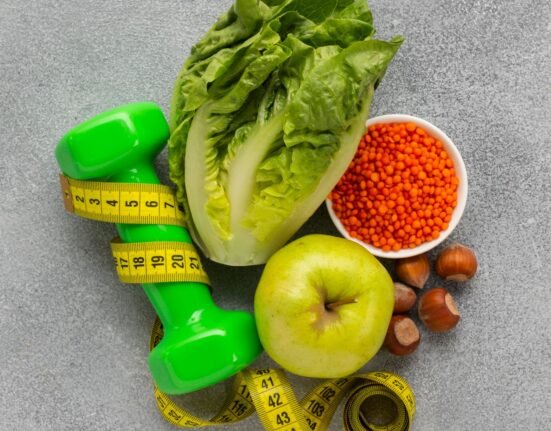




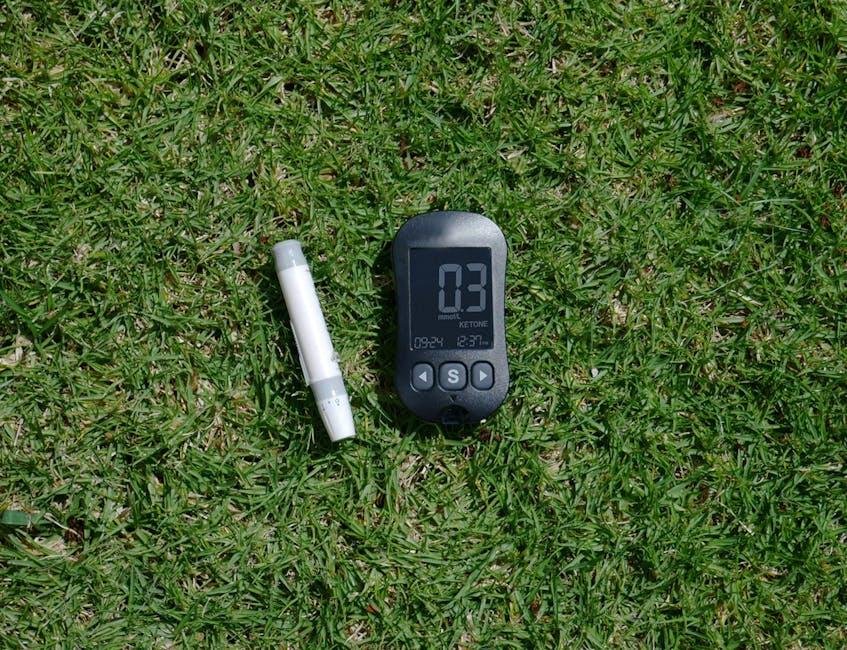



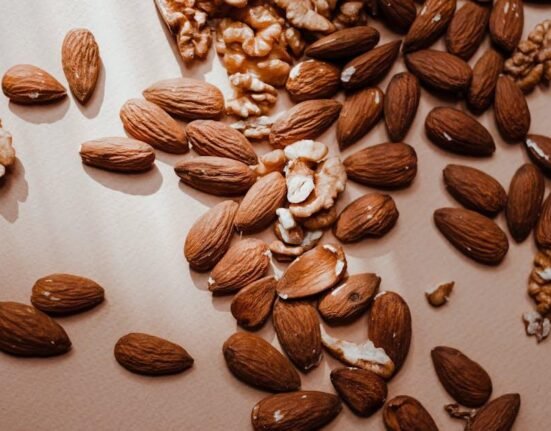


Leave feedback about this